Description
Mandelic Acid: The Gentle Giant of Exfoliation for Radiant Skin
In the ever-evolving world of skincare, new ingredients and formulations are constantly emerging, each promising a path to clearer, brighter, and healthier skin. Among these, mandelic acid has steadily gained popularity for its unique benefits and gentler approach to exfoliation. But what exactly is mandelic acid, and why is it becoming a staple in so many skincare routines?
What is Mandelic Acid?
Mandelic acid is an alpha hydroxy acid (AHA) derived from bitter almonds. Like other AHAs like glycolic and lactic acid, it works by loosening the bonds between dead skin cells on the surface of the skin, promoting cell turnover and revealing a smoother, more radiant complexion.
Why is Mandelic Acid Different?
While the core function of exfoliating remains the same, mandelic acid stands out due to its larger molecular size. This larger size means it penetrates the skin more slowly and evenly, resulting in a gentler exfoliating action. This is particularly beneficial for those with sensitive skin, rosacea, or darker skin tones who may find other AHAs too harsh.
The Benefits of Mandelic Acid:
- Gentle Exfoliation: As mentioned, the larger molecule provides a more superficial and less irritating exfoliation, making it suitable for sensitive skin.
- Acne Treatment: Mandelic acid possesses antibacterial properties, which can help combat acne-causing bacteria. It also helps unclog pores, preventing future breakouts.
- Reduces Hyperpigmentation: By promoting cell turnover, mandelic acid can lighten dark spots, sunspots, and post-inflammatory hyperpigmentation (PIH) caused by acne.
- Improves Skin Texture: Regular use can smooth rough skin, reduce the appearance of fine lines and wrinkles, and improve overall skin texture.
- Boosts Collagen Production: Mandelic acid has been shown to stimulate collagen production, which can lead to firmer, more youthful-looking skin.
Who Should Use Mandelic Acid?
Mandelic acid is a versatile ingredient that can benefit a wide range of skin types, but it’s particularly well-suited for:
- Sensitive skin: Its gentle nature makes it a great option for those who react poorly to other AHAs.
- Acne-prone skin: Its antibacterial and exfoliating properties can help control breakouts.
- Those with hyperpigmentation: It can help fade dark spots and even out skin tone.
- Individuals concerned with aging: Its collagen-boosting ability can help reduce the appearance of fine lines and wrinkles.
How to Incorporate Mandelic Acid into Your Routine:
Mandelic acid is available in various skincare products, including cleansers, serums, toners, and peels. Here’s a general guide:
- Start Slow: Begin with a lower concentration (around 5-10%) and use it only a few times per week to assess your skin’s tolerance.
- Apply at Night: AHAs can make your skin more sensitive to the sun, so it’s best to use mandelic acid products in your nighttime routine.
- Always Wear Sunscreen: Regardless of the time of day, daily sunscreen is crucial when using any AHA to protect your skin from sun damage.
- Follow Product Instructions: Always read and follow the specific instructions provided with the product you choose.
Potential Side Effects:
While generally well-tolerated, mandelic acid can cause mild side effects in some individuals, such as:
- Redness: A slight flush or redness may occur, especially upon initial use.
- Dryness: Exfoliation can sometimes lead to dryness, so ensure you’re using a good moisturizer.
- Peeling: Mild peeling is normal as the dead skin cells are shed.
If you experience persistent irritation, stop using the product and consult with a dermatologist.
Final Thoughts:
Mandelic acid offers a gentle yet effective approach to exfoliation, making it a valuable addition to many skincare routines. Its ability to address a variety of skin concerns, from acne to hyperpigmentation to signs of aging, makes it a versatile ingredient worth considering. Remember to start slow, listen to your skin, and always protect your skin with sunscreen. With consistent use, mandelic acid can help you achieve a smoother, brighter, and more radiant complexion.




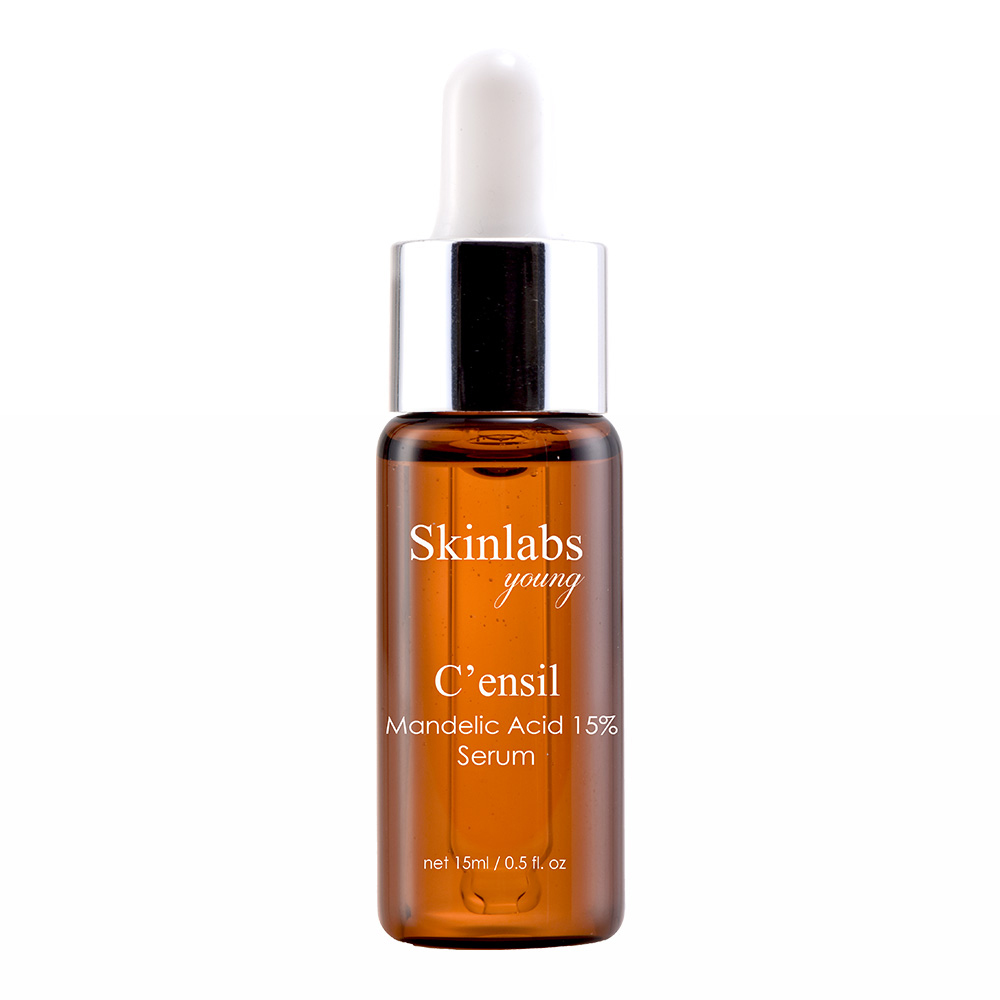
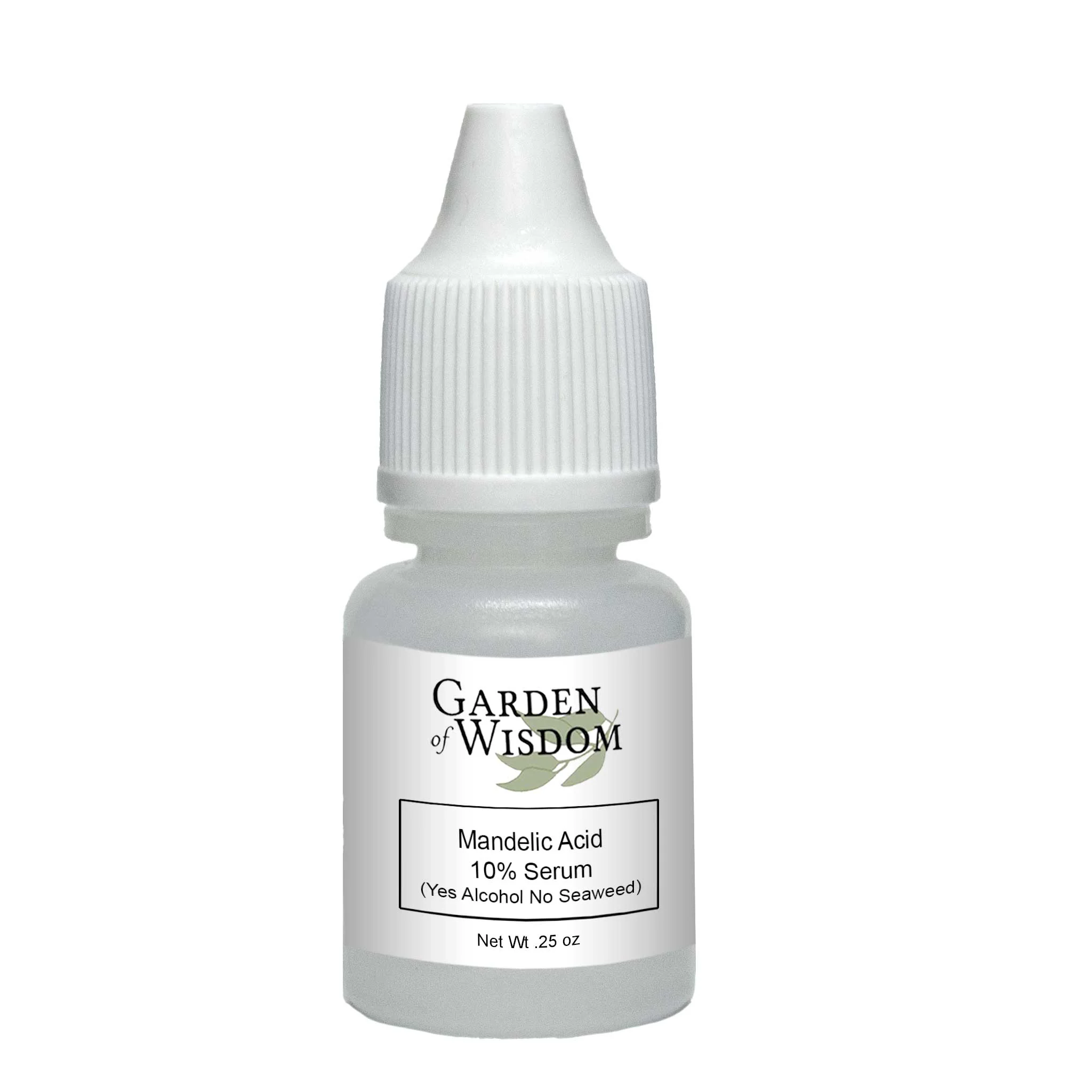
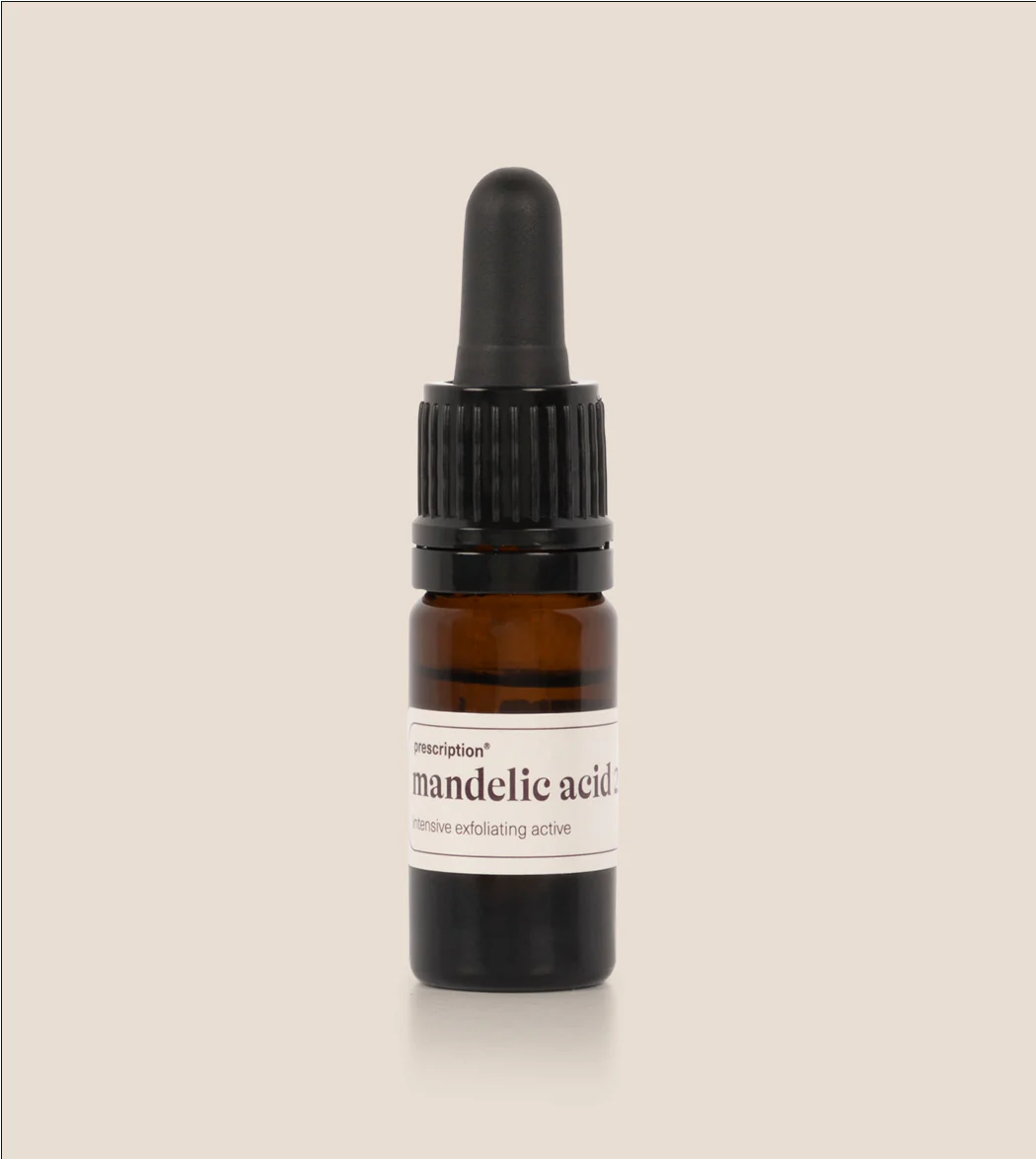
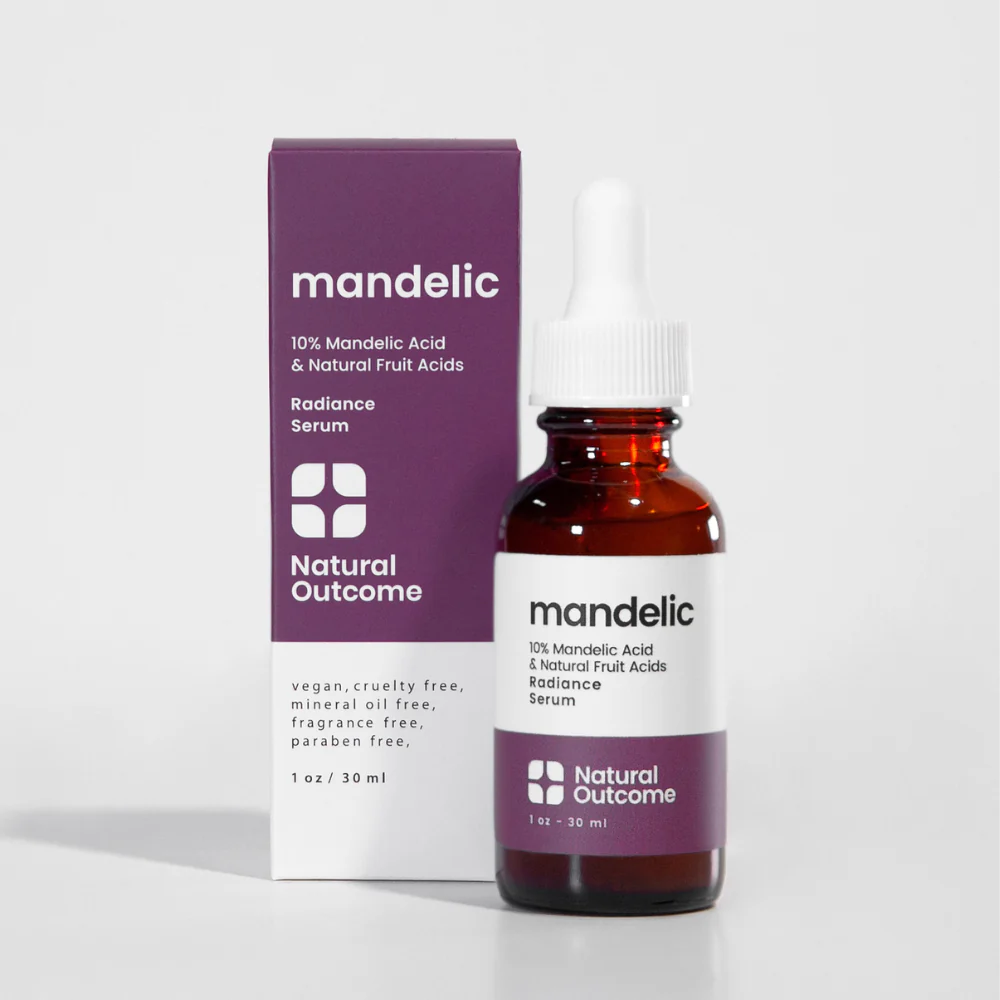
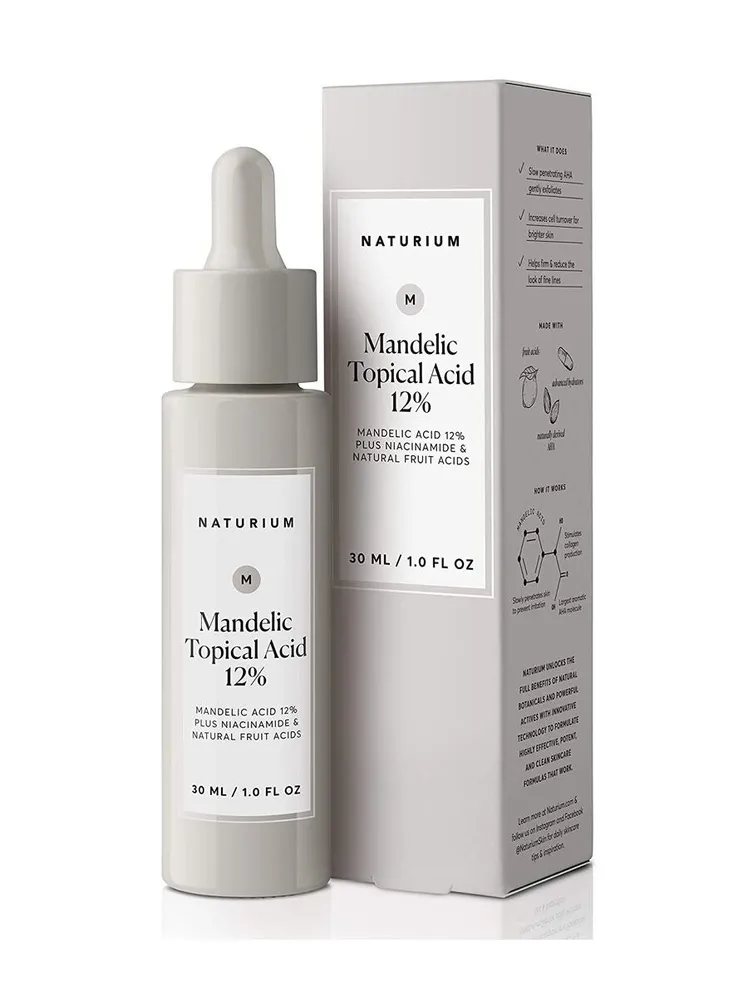





Reviews
There are no reviews yet.